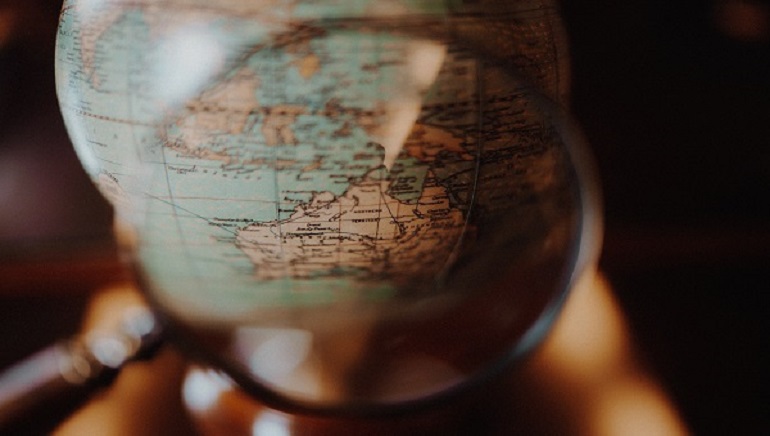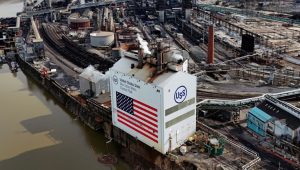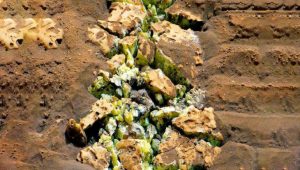Geoscientists have discovered the eighth continent on planet Earth. After almost 375 years, a team of geologists and seismologists has created a newly refined map of Zealandia or Te Riu-a-Maui. The researchers found it by using the data obtained from dredged rock samples recovered from the ocean floor. The details of the research have been published in the journal Tectonics.
Zealandia is a continent of 1.89 million sq miles (4.9 million sq km) – around six times the size of Madagascar. It is 94% underwater, with just a handful of islands, similar to New Zealand, says Andy Tulloch, a geologist at the New Zealand Crown Research Institute GNS Science, and a member of the team that discovered Zealandia.
Scientists are now studying collections of rocks and sediment samples brought up from the ocean bed, most of which came from drilling sites; others came from the shores of islands in the area.
The newly refined map shows not only the location of the magmatic arc axis of the Zealandia continent, but also other major geological features.
Zealandia was originally part of the ancient supercontinent of Gondwana, which was formed about 550 million years ago and essentially lumped together all the land in the southern hemisphere.















